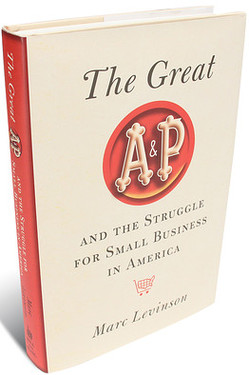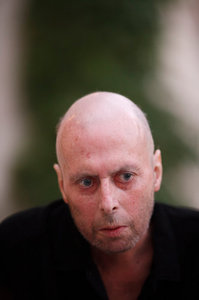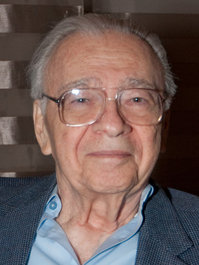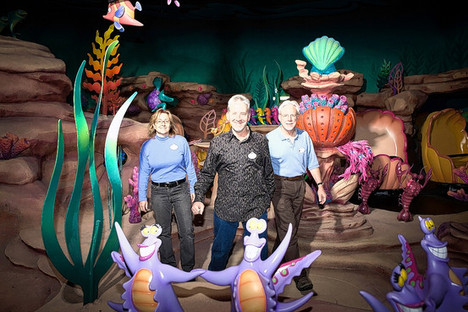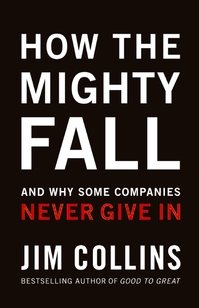Source of book image: online version of the WSJ review quoted and cited below.
(p. A15) Mr. Levinson’s history centers on the two Hartford sons who followed their father into the business. They would spend their entire working lives at the company being known simply as “Mr. George” and “Mr. John.” Thoughtful and studious, Mr. George’s idea of excitement was a good jigsaw puzzle; Mr. John, somewhat more outgoing, liked the horses but also a daily lunch of milk and crackers. Together the brothers, neither of whom had finished high school, built what would be, for 40 years, the largest retail outlet in the world.
The brothers’ business philosophy was simple, writes Mr. Levinson: “If the company keeps its costs down and prices low, more shoppers would come through its doors, producing more profits than if it kept prices high.” The more stores they could open, the greater the take.
But the Hartfords had a public-relations problem. Since the nation’s earliest days, small family stores had served as community anchors. There were thousands across the country. Mom and pop knew every customer who came through their door; they extended credit to families down on their luck. If low-priced chains drove out such stores, what would happen to small-town America?
In fact, many mom-and-pop operations were inefficiently and incompetently run. A&P might be coldly corporate by comparison, but it offered consumers far more variety and fresher, better-quality goods at less cost to the family budget.
For the full review, see:
PATRICK COOKE. “BOOKSHELF; How a Grocer Bagged Profits; At its peak, the chain had nearly 16,000 stores. Critics charged it with competing unfairly by offering too-low prices.” The Wall Street Journal (Mon., AUGUST 29, 2011): A15.
(Note: ellipsis added.)
The book under review is:
Levinson, Marc. The Great A&P and the Struggle for Small Business in America. New York: Hill and Wang, 2011.


